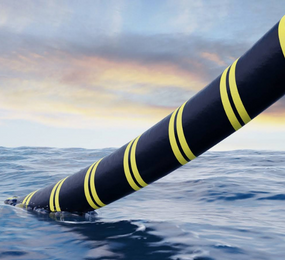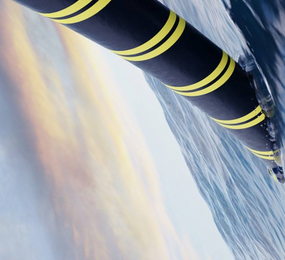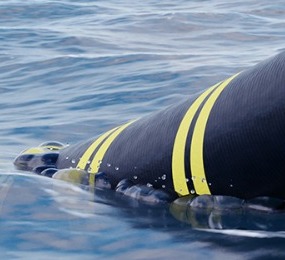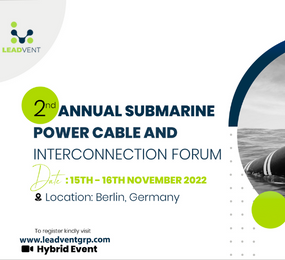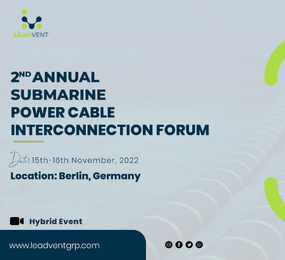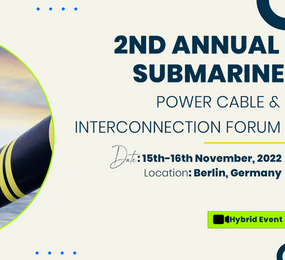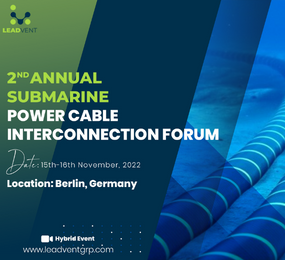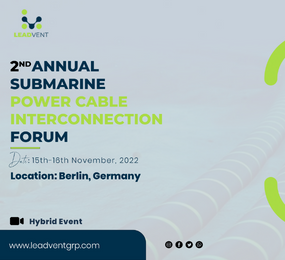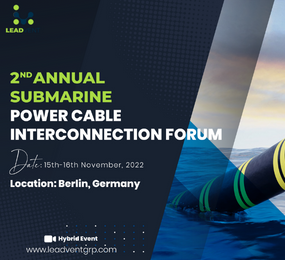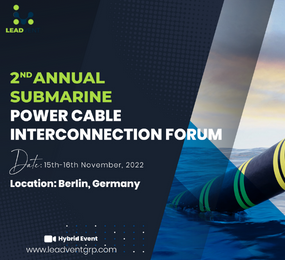Overview of Submarine Power Cable
Submarine power cables are installed underwater, laid, or buried on the seafloor. They play an irreplaceable role in the transmission of renewable energy sources and also in oil and gas transportation by connecting power grids while running across different regions or even countries.
Basically, Subsea cables are designed with specifications depending on the deployment location, the bathymetry, current level, and others so as to be able to withstand its environmentally imposed challenges.
Overview of Environmental Challenges Faced by Submarine Power Cables
Subsea power cables due to their deployment environment are prone to electrical, thermal, and mechanical effects all through their lifetime. Cable failures are caused by a lot of activities which could be natural, man-made, or external factors such as the seabed movements (caused by the sea living organisms, waves, sea current), fishing activities, cable operational, and maintenance activities, and others. Fishing equipment and anchor systems can as well hold the cable captive, debury it and cause damage to the cables which can reach to the extent of causing cable failures, especially on the electrical section of the cable. Furthermore, cable failures are known to increase project running costs as well as general breakdown.
Risks and Limitations Of Submarine Power Cables
There are two main types of risks involved which are either man-made or natural. They are further divided into three main categories depending on their installation sites: a lack of network diversity, naturally Imposed Risks, and Human activity (both unintentional and intentional).
-
Network Diversity risks
Lack of diversity on cable routes is a major hindrance in cable installation. This could be a result of imposed regulations and permitting requirements aiming to limit the environmental impact of cables which further restrict options for cable routes.
The lack of diversity is controlled by a variety of limiting factors, which include the cost and ease of permitting requirements, the topographic makeup of the seabed, the cost and ease of laying cables, and protections for marine environments.
Naturally Imposed Risks
Sea currents are mostly responsible for seabed movements. Sand ripples, waves, and scarps can also contribute as they tend to increase, move, disappear and reappear again. As already discussed, sea movements can cause cable faults and damage. Scour on the other hand can also de-bury cables which expose them to a lot of threats and possible damage. As much as seabed movements are mostly influenced by natural activities or characteristics of the environment, some man-made activities are also involved.
In addition, natural disasters, such as volcanoes, hurricanes, tsunamis, typhoons, and subsea landslides, also pose significant threats to undersea cable networks.
Accidental Human-Imposed Risks
Do you know that most subsea cable damages are carried out by human errors or activities? Although a significant amount of harm occurs by accident due to fishing vessels and dragged anchors. Accidental damage accounts for up to 60% or two-thirds of all submarine cable faults.
Other benign human factors include dredging and dumping, oil and gas development, offshore wind and energy development, hydrokinetic projects, ocean thermal energy conversion, deep-sea mining operations, and other renewable energy projects.
According to reports, the International Cable Protection Committee (ICPC) has issued a manual with recommendations on how to prevent submarine cable damage due to human interference, error, and fishing activities.
Intentional Human Activity Risks
Submarine cables can be sabotaged through Inter regional conflicts or transnational terrorism. Although such acts don't happen often, they still exist. For instance, in 2010, terrorists were caught while trying to cut cable lines around Cagayan de Oro in the Philippines.
In conclusion, depending on the seabed activities and the general marine environment disturbance rate, the cables need to be protected against most if not any damage that could be encountered due to the deployment location. Cables placement sites should be studied even before designing the cable so as to get the specifications needed to create a long-lasting cable resistant to seabed movements and activities.


